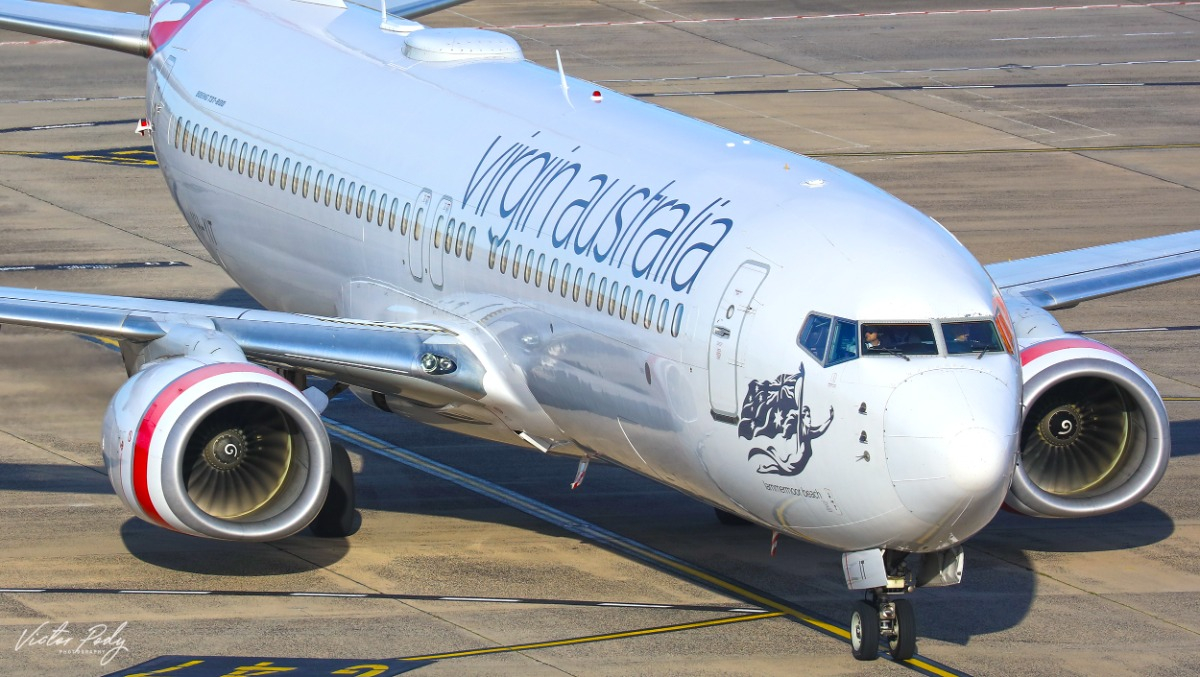
Virgin’s faith in ‘defecting’ Velocity chief Nick Rohrlach appears to be paying dividends after the loyalty program’s membership grew to 11 million.
The airline said the success was due to appealing to customers who have “less discretionary spend”, in a nod to the carrier’s hybrid pricing strategy.
Velocity still lags behind Qantas’ equivalent scheme, which has 14.1 million members, according to its last annual report.
Qantas and Virgin were involved in a remarkable court battle over Rohrlach’s services last year, after he accepted a senior role at Qantas Frequent Flyer, before ultimately taking the top job at Velocity. A back-and-forth legal case resulted in his start date being pushed back, before both parties agreed not to pursue the case further in October this year.
On Monday, Rohrlach said, “We’re extremely proud of where Velocity Frequent Flyer is today, offering members value and choice while helping Australians get more from their dollar.
“We know we have a compelling offer for business and leisure travellers who have less discretionary spend amid rising inflation but who want better value airfares and a much easier pathway to achieve Gold and Platinum Status, all while flying with a premium and vibrant airline like Virgin Australia.
“The sheer volume of initiatives we’ve been able to stand up, which have contributed significantly to our growth, is testament to our people at Velocity, as well as our incredible partners and the loyalty of members who choose to fly with us.”
Changes to the program have included expanding its Flybuys’ partnership to allow members to transfer points earned at Bunnings and Officeworks, repricing its rewards store and a new partnership with 7-Eleven.
Virgin Australia earlier this year declared it had returned to real profitability for the first time since its damaging ‘capacity wars’ battle with Qantas a decade ago.
The business said it had achieved the turnaround by removing $300 million worth of costs and re-contracting more than 450 corporate accounts.
The carrier entered administration in 2020 after years of trying to shift itself from a low-cost airline to a full-service offering capable of taking on Qantas.
COVID-19 saw the business finally enter administration before Bain beat out Cyrus Capital Partners to purchase the company in 2020.
The deal included cutting axing 3,000 roles, scraping the Tigerair brand and initially downsizing the business’ 737 fleet from 85 to 56, as well as removing all other aircraft models. It recorded a staggering $3.1 billion loss during its last financial year before the takeover.
However, with pandemic restrictions now largely removed, domestic aviation has rebounded to near pre-pandemic passenger numbers, peaking at 97 per cent in June.
The recovery gave Virgin the confidence to announce in August it would acquire another four MAX 8s to take its total domestic fleet to 92 Boeing 737 aircraft.
It marked a significant increase from its original intention of having just 58 aircraft when it emerged from administration.
Chief executive Jayne Hrdlicka said earlier, “Confidence in our business strength and operation is at an all-time high.
“We have a strong balance sheet, some of the best management in the industry working on our ongoing business transformation, and we’re well advanced in returning to profitability this financial year.
“We’ve only just touched the tip of the iceberg in what’s possible, and there’s so much energy right across Virgin Australia to make sure we are doing our best to leave a positive difference every time our guests fly with us.”















